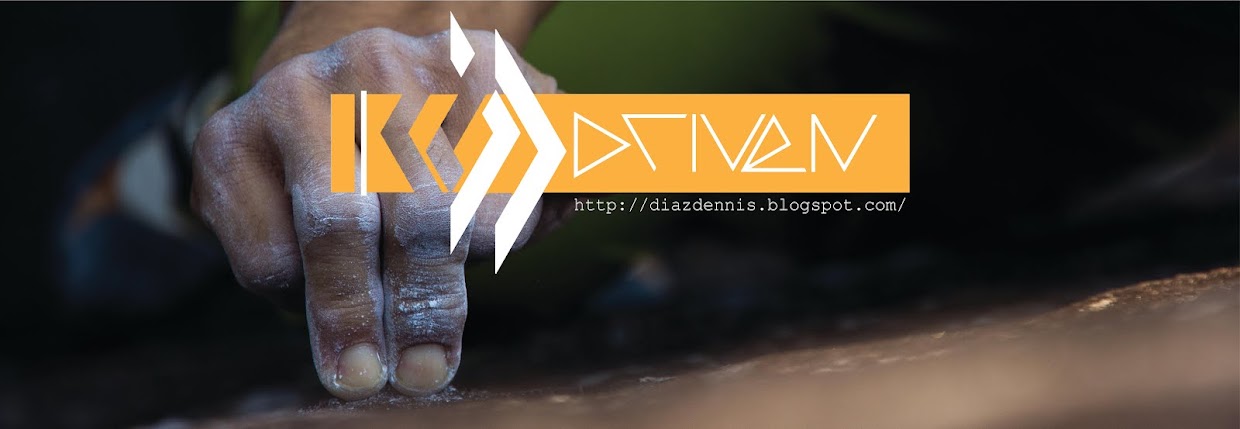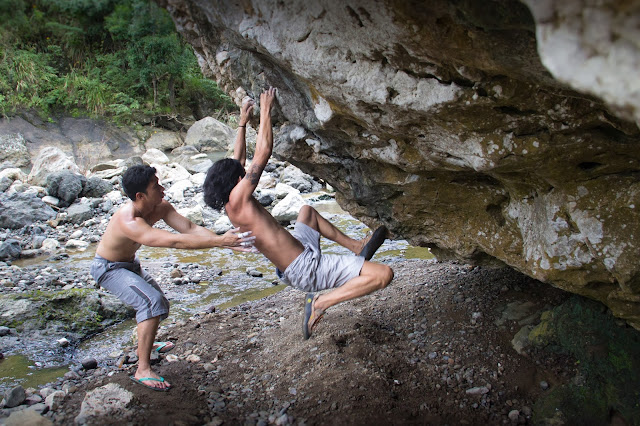Now,
some three decades later, plus some change, I’m about to be tested for my
san-dan in Aikido. I have fulfilled my promise and in a way I have done so
three fold counting by the number of times I’ve completed dan grading. Before
taking on the test and the added responsibility that comes with every dan grade,
I ask myself again what is Aikido to me and how should I approach further learning.
In
my pursuit of mastery, like many others, I question my practice time and time
again. “Am I doing techniques right?” “Is this or that effective?” And to a
certain extent, “can I defend myself?” Perhaps the last one, in everyone’s mind, is the most
important. But is it? The context for which Aikido finds itself in is always
changing as many things do. For instance, today Aikido finds itself in the
company of MMA or mixed martial arts. It has become unavoidable for it to be pitted
versus several other arts. Its legitimacy gets questioned resulting in some
aikidokas being prompted to try and defend it against skeptics but in a way
playing in the terms set forth by other arts. Already we can see the problem in
this. At the onset, Aikido loses its ground as it is forced to play into the
strengths of another kind of practice.
As
an Aikidoka I also have such concerns but I have resolved these issues. The
answer lies in what I wanted my Aikido to be for me. It is however a bit disconcerting
when I see some Aikidoka feeling insecure on how to see and develop their
Aikido. Some are even challenged by others and by the way I see it, probably feel
they are pushed back against a wall or a corner and are made to believe the
inadequacy of their practice. There is no need to be insecure about one’s practice.
One only needs to set the right attitude on how to approach practice and define
clearly what it means for them.
In
the first place, Aikido has a beautiful heritage and that is more than enough
to secure it as a legitimate martial art. The history of O-Sensei’s techniques,
the branching out of several other forms by his students, and its propagation
all over the world are fascinating stories talked about over and over and never
ceases to amaze even the most seasoned aikidoka. Second, it’s philosophy has
depth and every aspect of it is embedded in its actual physical practice. The
practice of awareness of actions and the delivery of appropriate reactions adhering
to its philosophy is a cycle of self-correction. Every time you get lost in the
execution of a technique, you only need to remember its philosophy. Every time
you forget its philosophy, you only need to practice intently to remember about
balance, awareness, and its dynamic sphere.
Regarding
the question of self-defense and whether it will be effective versus other
martial arts or MMA is a perplexing debate. Self-defense is a broad topic and
in todays context the extent and range of the field of different martial forms
is simply too large to cover completely. Here is where the initial argument
already fails. Aikido is a traditional martial art and has remained so for many
years. Its basic forms are largely based on very simple and very singular modes
of deflections, entry, and techniques. So, can you use Aikido to defend
yourself? In the traditional context the answer is yes. However, if you pit it
against modern day martial arts or other martial arts for that matter the
answer depends on how you practice. To even begin to test your practice with
other martial arts shouldn’t it be best to study the other forms too? How can
you even begin to defend yourself against something you have no knowledge
about? The study of other forms affects your technique; it adapts, it changes.
Then the question becomes, “Are you still practicing Aikido with all the
changes?” Perhaps what results is a form very different from Traditional Aikido
or Aikido at all. Are you still an Aikidoka? This is a touchy topic. Every
martial art evolves. What is important is to figure out what it means for you
and what you want from it. Does your chosen martial art fulfill your needs as a
martial artist or does it answer your questions regarding self-defense?
I
teach Traditional Aikido and have chosen to stay within the boundaries of the
traditional forms. Do I teach self-defense? In the simplest sense yes but the
complexity of the world outside the dojo makes it a very different setting. Training
with weapons is a good example. We have tanto-dori or knife disarming practice.
Will it work outside the dojo? It may be best to answer with further questions.
How often do you practice? How intently do you practice? How often do you
practice tanto-dori? Have you studied how other knife wielding arts move? Have
you practiced with these other forms with experts in their field? All these
aside however, we still practice tanto-dori but not in the context of these
questions. The importance of tanto-dori is the magnification of the awareness
of the dangers posed by such weapons. It makes nage more aware of his body
position in relation to uke. It makes him more aware of uke’s balance and
ability to strike back during technique. Nage should perform a technique
without endangering himself from uke’s knife or a counter move. An uke with a
tanto, raises nage’s awareness of danger and thus becomes more intent during
practice.
The
wielding of the bokken and the jo is also an essential part of my Aikido. Do I
teach to defend against these weapons or to even match someone who is a kenjutsu
expert? To me these weapons simply magnify the dangers posed on by uke. The
simple shomen-uchi, or strike to the top of the head, for instance, is made
more menacing and more meaningful when uke is using a bokken to deliver it.
Again it magnifies nage’s awareness of uke’s threat. Without the bokken, nage’s
awareness lowers and what may result is sloppy technique. Likewise, the jo
becomes a very useful tool in developing ma-ai or proper distancing. You can’t wield
or use it to its full advantage when you are too close to uke. Practice with
the jo reinforces nage’s consciousness of the effects of reach, extension, and
projection. The jo being the longest of the three weapons used in Aikido and
its versatility as it can be wielded from both ends allows nage to perpetuate
continuous circular movements while staying out of uke’s reach or influence
while being able to unsettle uke’s balance from a safe position or proper
distance.
For
me these are enough for Aikido to have more meaning. It gives practice depth
and reason. If as nage an Aikidoka can be made aware of the dangers of armed
attacks then it will eventually become natural for him to be aware even of
unarmed attacks. Raising awareness in terms of position, balance, and extension
should be the basic concerns during practice. Will I teach ways to deflect
against a seasoned knife wielder? Will I even teach how to defend against
someone with a gun? Will I teach how to toe-to-toe with an MMA fighter? The
answer is no. These concerns are the sole responsibility of the practitioner. I
prefer to stay within the boundaries of Traditional Aikido and I am already
well aware of its potential. Others who have far deeper concerns into such
things should immerse themselves into specific arts. I too look at other forms
of martial arts but only to further my learning but I will not teach something
I have no deep knowledge about.
In the dojo we practice Traditional Aikido.
There is already a huge plethora of ways to make practice meaningful. From time
to time there will be something new as all of us learn something different
everyday. We evolve at paces varying from person to person. Am I content with
my practice? In a way yes but in another sense I still look for ways to
improve. It will never stop. Am I a master in what I do? Certainly not, but
judging from the many things I’ve said so far I think I’ve learned quite a bit
and I have amassed enough reason to keep practicing.
























